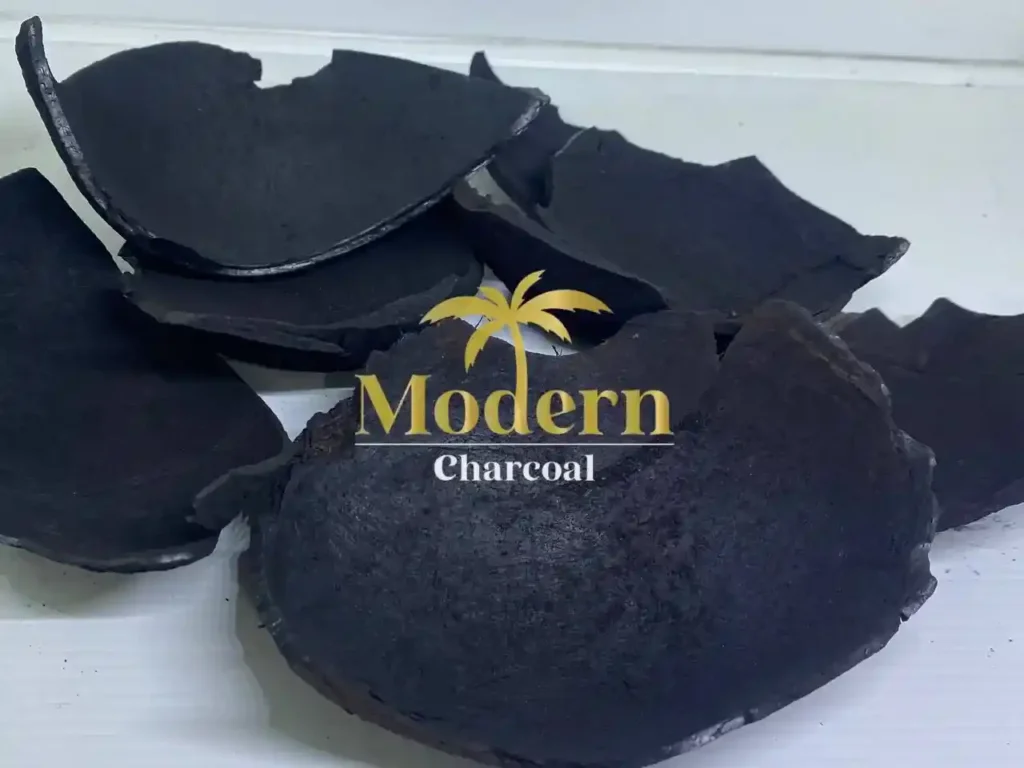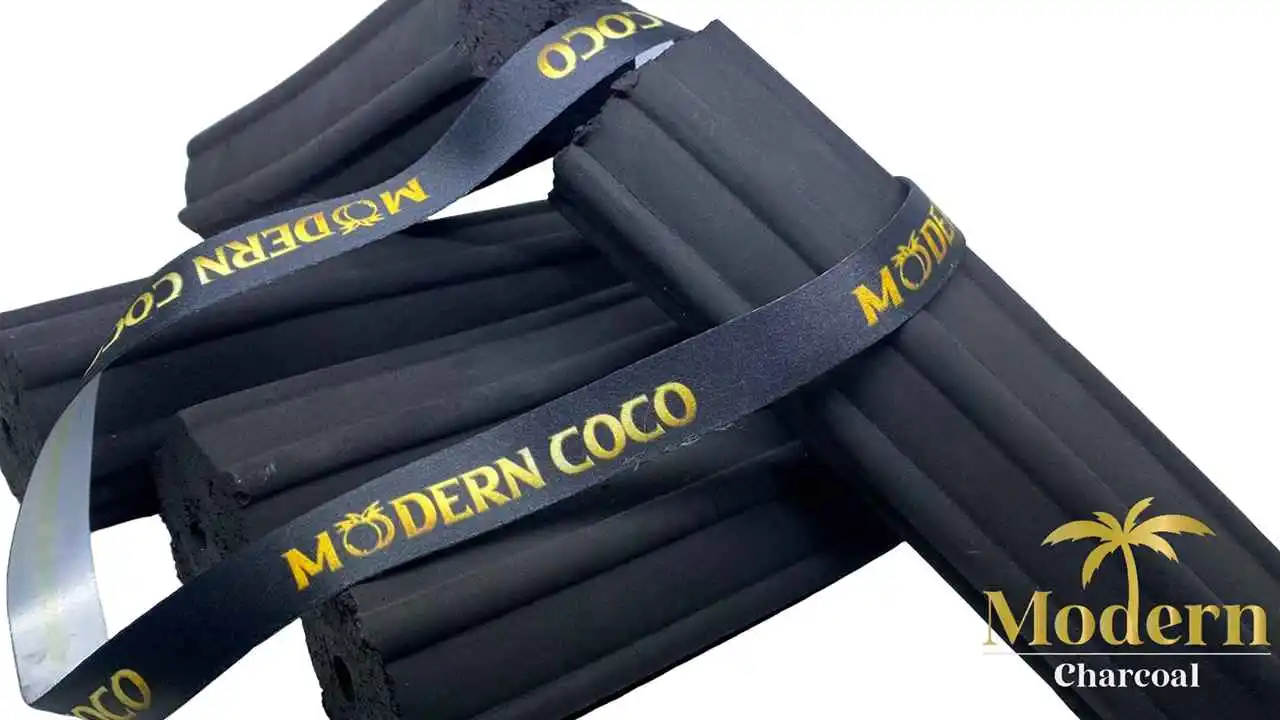Charcoal As the grilling season approaches, enthusiasts are on the lookout for the best charcoal to elevate their barbecue game. Charcoal plays a pivotal role in grilling, influencing everything from flavor to cooking temperature. The year 2024 has seen a variety of charcoal options available in the market, each promising to enhance your grilling experience. In this article, we’ll explore the top picks for the best charcoal for grilling in 2024, ensuring your next barbecue is not just a meal but an experience.
Selecting the “best” charcoal grill depends on various factors including personal preferences, cooking needs, budget, and available space. However, several models consistently rank highly among enthusiasts and professionals for their durability, design, functionality, and the quality of the grilling experience they offer. Here are some top picks across different categories to help you find the best charcoal grill for your needs:
1. Premium Lump Charcoal: The Pure Flavor Enhancer
Leading the pack is premium lump charcoal, known for its ability to produce a high, consistent heat and impart a subtle smoky flavor that aficionados crave. This charcoal is made from natural, premium wood, ensuring no added chemicals taint your food’s flavor. Ideal for both slow cooking and searing high-heat dishes, premium lump charcoal offers versatility with a minimal environmental footprint. Brands like Fogo Super Premium and Jealous Devil Maxxx have received rave reviews for their superior quality and performance.

2. Sustainable Bamboo Charcoal: The Eco-Friendly Choice
Sustainability in grilling has gained momentum in 2024, with bamboo charcoal emerging as a popular choice among eco-conscious grillers. Made from rapidly renewable bamboo, this charcoal burns clean and hot, providing a consistent cooking temperature. Its low ash production makes cleanup a breeze, and its environmental benefits make it a guilt-free choice for those looking to reduce their carbon footprint. Brands like EcoGrill and Fire & Flavor are at the forefront, offering high-quality bamboo charcoal options.
3. Coconut Shell Charcoal: The Long Burn Specialist
For those marathon grilling sessions,coconut shell charcoal is the go-to option. Known for its long burn time and consistent heat, it’s perfect for extended cooking periods without the need for frequent top-ups. This charcoal type is made from the shells of coconuts, a byproduct of the coconut industry, making it a sustainable choice. It produces less smoke and ash compared to traditional charcoal, making it a cleaner option for both the griller and the environment. Coco-BBQ and Charcos are among the top brands offering premium coconut shell charcoal.

4. Binchotan Charcoal: The Japanese Secret
Binchotan, or white charcoal, is a traditional Japanese charcoal known for its ability to cook food evenly while maintaining a steady temperature. Its high carbon content allows it to burn hotter and longer than conventional charcoal. Binchotan is perfect for grilling delicate items that require precision, such as fish and vegetables, imparting a mild, smoky flavor without overwhelming the natural tastes of the food. While on the pricier side, its quality and unique properties make it a favorite among culinary enthusiasts.

5. Hardwood Lump Charcoal: The All-American Classic
For those seeking the classic American barbecue experience, hardwood lump charcoal is the traditional choice. Made from a variety of hardwoods like oak, hickory, and maple, it offers a robust flavor profile that complements a wide range of foods. Its ability to reach high temperatures quickly makes it ideal for searing meats, while its natural composition ensures a chemical-free cookout. Royal Oak and Cowboy are popular brands that have been consistently preferred by grillers for their quality and reliability.
Charcoal, with its rich history and diverse applications, remains a valuable resource in various fields. However, its environmental impact underscores the need for sustainable production practices and the exploration of alternative materials. By adopting innovative technologies and promoting responsible consumption, we can harness the benefits of charcoal while minimizing its ecological footprint, ensuring a more sustainable future for generations to come.
Activated charcoal, also known as activated carbon, is a form of carbon that has been processed to have small, low-volume pores that increase the surface area available for adsorption or chemical reactions. The activation process involves treating carbonaceous materials, such as wood, coconut shells, or coal, with high temperatures and sometimes additional chemicals. This treatment removes previously absorbed molecules and frees up bonding sites, vastly increasing the charcoal’s surface area. The result is a highly porous substance that can effectively trap chemicals, gases, and impurities.
Conclusion
Choosing the right charcoal can transform your grilling experience, taking it from mundane to memorable. Whether you’re looking for the pure flavors imparted by premium lump charcoal, the sustainability of bamboo, the endurance of coconut shell, the precision of Binchotan, or the classic taste of hardwood lump, the market in 2024 offers an array of top-notch options to suit every grilling style and preference. So, fire up your grill, select your charcoal, and prepare for a season of unforgettable barbecues. Charcoal grills are relatively simple in design. They consist of a metal drum or box with a grate for the charcoal at the bottom and another grate above it for the food. Airflow is controlled by vents located at the bottom of the grill and sometimes on the lid. The charcoal is ignited and allowed to burn until it’s covered in white ash, indicating it’s ready for cooking. The food is then placed on the upper grate for grilling.



